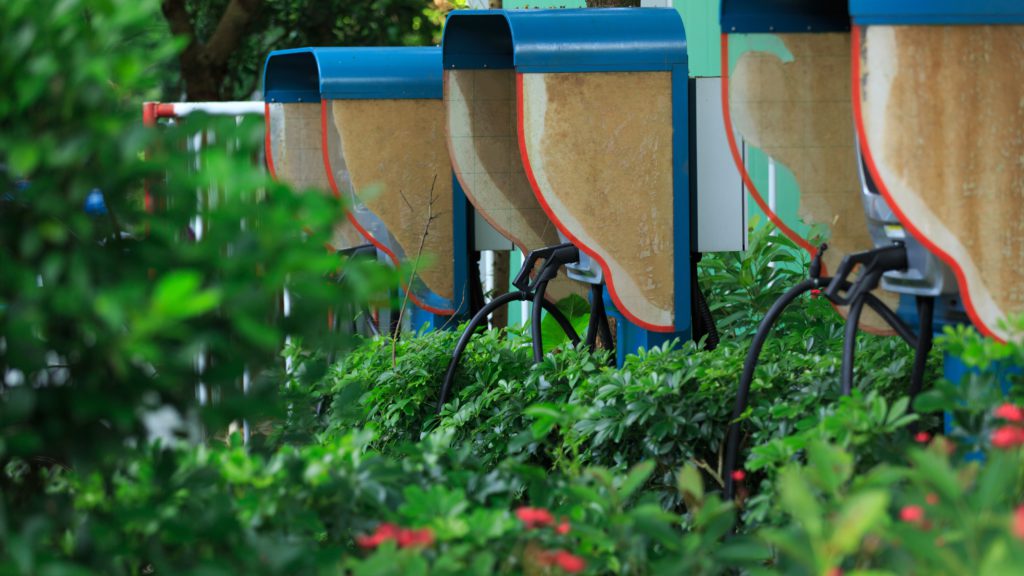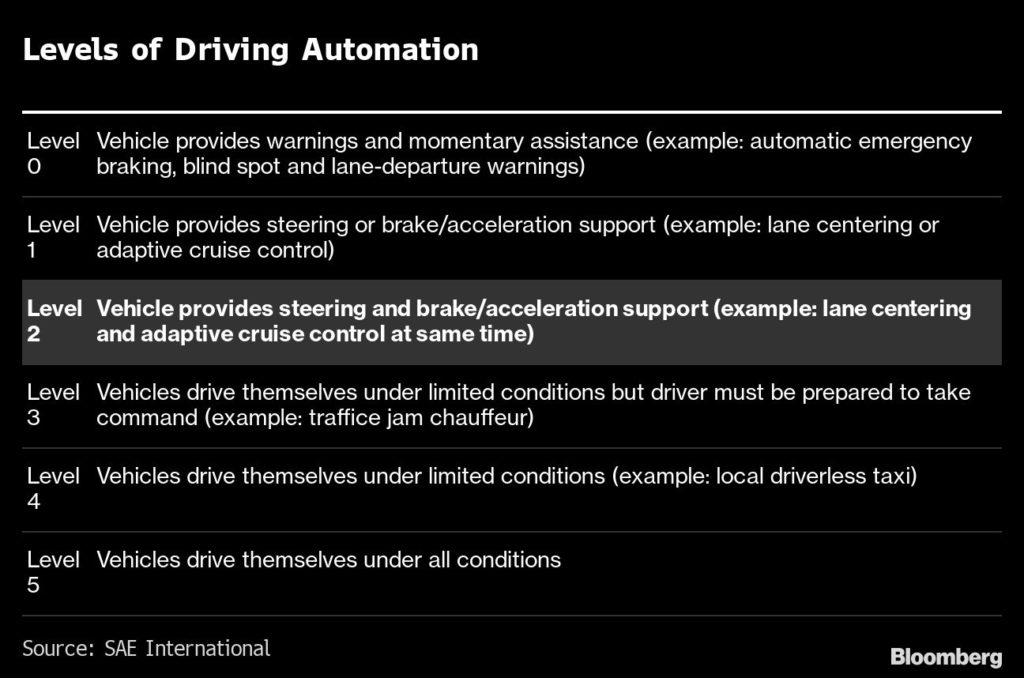
As 2022 dawns, it’s become clear how industry policy and regulations in China have nurtured and driven the growth of the alternative energy vehicle industry. With electric cars accounting for about one in every five automobile sales last month, China’s EV market is entering a maturation phase. The government is taking steps including scaling back subsidies for EV purchases and lifting the cap on foreign automakers’ stakes in local joint ventures.
In tandem with these moves, however, authorities are putting in place new frameworks to help shape the sector and set it up for sustainable growth longer term. A look at some of these fresh measures gives an interesting insight into what’s topmost in regulators’ minds and is useful also for investors in terms of thinking where money may potentially flow.
Here are a few of the lesser telegraphed changes due over the next 12 months.
Technical specifications for pollution control around the treatment of waste from lithium-ion batteries — effective Jan. 1
With China’s EV ownership nudging 8 million units, the recycling of old lithium batteries is becoming vital. Yet there are still many industry standards and protocols that need to be put in place for companies to follow. These new technical specifications provide some guidelines. They say, for instance, that retired batteries first need to be tested before entering recycling plants and those found to be leaking or have shell damage must be stored separately in special containers. The disassembly process shall be formulated according to battery product, and plastic connectors, circuit boards, high-voltage harnesses shall be removed. The end products of the disassembly process shall be sorted and stored by category to avoid environmental pollution caused by electrolyte and organic-solvent leakage.
These specifications will be used to benchmark whether companies are qualified to operate in the battery-recycling space and will likely spark some industry consolidation, squeezing out small mom-and-pop shops that don’t have the scale required.
Extra classifications around autonomous driving — effective March 1
These will form the basis of the first set of national standards in China to identify different levels of autonomous driving technologies and describe what sort of responsibilities drivers should have. Like elsewhere in the world, autonomous driving is categorized into six levels from zero through five, with five referring to a scenario where a driver could take their hands off the wheel completely.

China’s new rules state that when a car’s adaptive cruise control function is on, drivers should still be the primary party detecting and responding to road events. But when cars are equipped with level four and five technologies, for example, a person in the driver’s seat will be deemed a passenger.
These classifications fill a blank in China’s automobile industry and pave the way for laws that will guide automakers’ efforts to produce a car smart enough to drive itself. They should also help consumers and personal injury lawyers gain a better understanding of autonomous driving, and its limits.
Technical specifications for the safety of power-driven vehicles operating on roads — effective Jan. 1
In order to be sold in China, passenger vehicles made in the country from this month must be fitted with so-called event data recorders, similar to black boxes on planes. These devices will be used to record various data points, such as gear and engine performance, braking, speed and airbag status. All up, some 43 statistics will be required to be collected in stored in the data recorders by 2023. With autonomous driving increasingly leading to disputes between consumers and EV makers, these devices should be able to provide handy evidence in the event of altercations.
Provisions for surrounding the repair, replacement and return of automotive products — effective Jan. 1
Another new regulation for China — this one to protect consumers. It concerns buyers of EVs and states that consumers have the right to return or get replacement parts within seven days of purchase if there are defects in a car’s key components, like its battery or electric motor. The mandate clears up an ambiguity in a previous rule and puts the onus back on vendors to shoulder the responsibility when problems arise. The regulation also stipulates sellers who don’t follow the rule could face administrative punishment, including a fine.
That will be welcome news for car buyers in China considering the huge number of EV makers. While regulators last year pledged to encourage mergers and acquisitions to spur consolidation, there are still hundreds of companies producing electric cars, making their purchase something of a land mine for consumers.
Comments